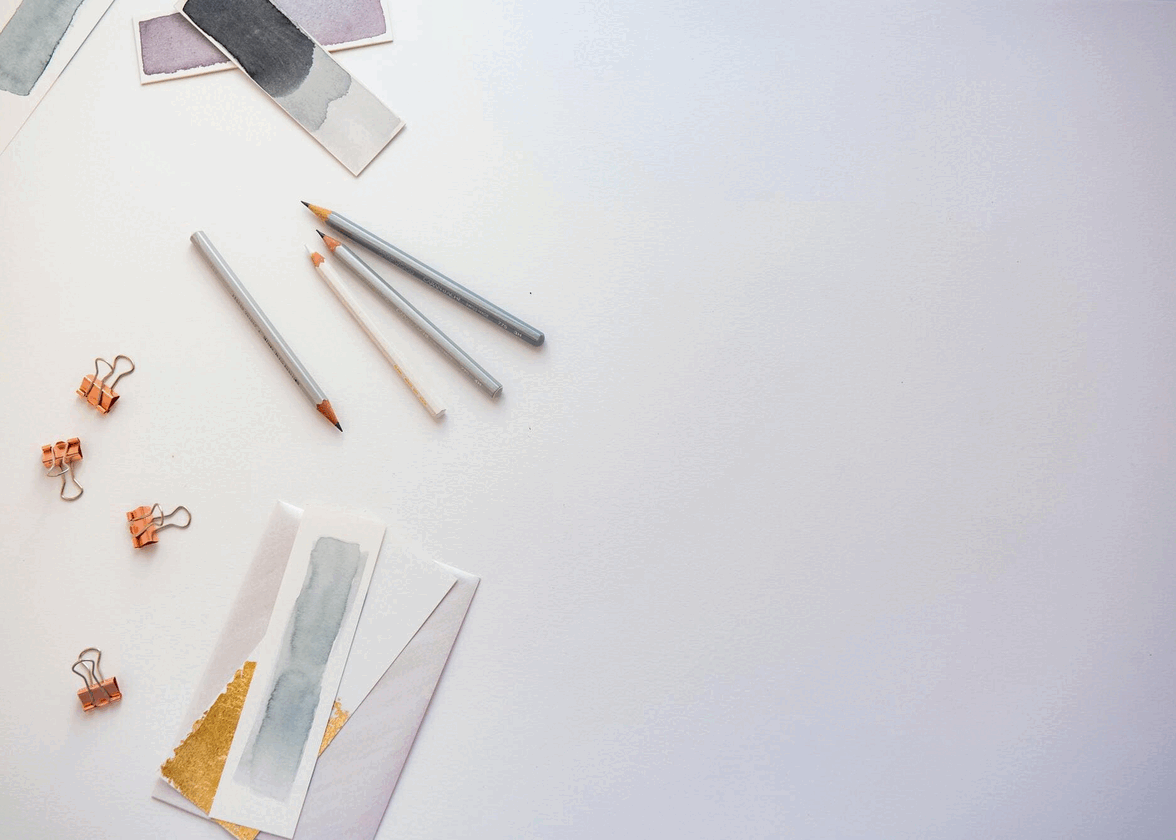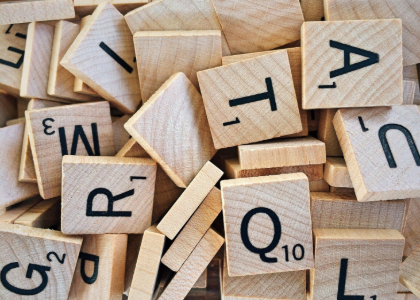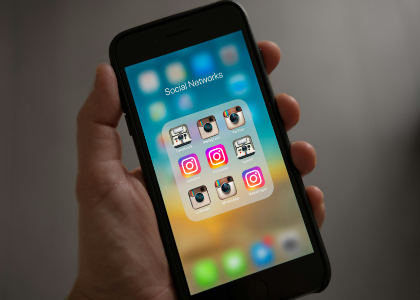Blog

What to Consider Before Designing a Logo?
Whether you’re a freelancer, a small business owner, or in charge of managing your company’s marketing strategy, designing a good logo can make or break your business. According to recent data, it takes 5-7 good impressions for a person to remember a brand, with color improving brand recognition by up to 80%.
Consistent brand representation also boosts revenue by up to 23%, meaning that you need to pay close attention to how you present your business through your branding. But what do you need to know before you can design a good logo? What is the role of a logo for your brand to begin with?
The Importance of Designing a Good Logo
A logo design should never be an afterthought or perceived as a necessary evil. Instead, you should try to understand the value of a good logo before you brand your company or solo business with a mediocre symbol that doesn’t resonate with it or yourself.
With hundreds of thousands of companies cropping up around the globe, you will want yours to stand out as much as possible. The best and most direct way to do that is by settling on a recognizable, clever, and memorable logo to associate your business with. Here’s why designing a good logo for your brand matters:
- Grab your target audience’s attention more easily
- Create great first impressions through advertisement
- Stand out and differentiate from your competition
- Establish a sense of professionalism early on
- Ultimately increase your lead generation and sales
- Analyze your Industry and the Competition
The best way to start designing your new logo is by researching what’s already out there. Narrow your research down to your niche and explore existing logos to determine what’s there and what’s missing. Likewise, pay close attention to what you like and dislike about the logos of other brands in your industry.
As you research your industry and competitors, you’ll be able to find original solutions for your logo design conundrum. It’ll also be much easier for you to avoid mistakenly copying an existing logo and landing in copyright infringement waters. Don’t rush this part of the process as it’ll give your design process a good baseline to start with.
Decide on Your Logo’s Concept and Stick to It
Your logo’s concept is an integral part of what’ll make it stand out. A concept can be anything from a bird in flight to a leaf or a car wheel. Depending on your industry and product portfolio, you can settle on a solid concept early on and then iterate on it.
This will make it easier for you to create dozens of versions of your logo based on the same creative concept so that your logo design process is more focused and productive. It’ll also help you not wander around trying to come up with various original design concepts which are unrelated to one another. Good branding starts with a good idea – work out yours and it’ll be much easier for you to craft a worthwhile logo.
Weigh Between a Logo and a Logotype
There are two distinct schools of logo design that you can go for when it comes to designing your new logo. You can either go with a logo or a logotype to make your brand more unique and attractive to the audience. A logo is a brand element that can work without any text in it, or is paired with text which works as a secondary element – think McDonald’s or KFC. Trust My Paper is a great example of a writing service with an appealing, clean, and overall well-designed logo which you can use as your reference.
On the other hand, logotypes represent stylized text, often made up of your brand name and sometimes even a short slogan or catchphrase. Logotypes are often used by corporate companies, such as legal firms or HR businesses. Choose to go with a logo or a logotype based on your brand’s product portfolio and target audience to land on the right solution.
Test the Logo on Various Mediums
Before you lock your logo down and call it a day, you should test the logo in various mediums to make sure that it’s legible, scalable, and recognizable. A logo will appear differently on a web page, on a business card, and a t-shirt every time you reproduce it because these mediums are just that different. You should also make sure that your logo is fully legible and recognizable in black-and-white for certain uses down the road.
Based on published statistics, 85% of businesses have strict brand guidelines on how their logos should be used, but only 30% are ever enforced properly. Don’t make the mistake of choosing to go with a logo that appears improperly on fabric or when scaled down to the size of a favicon – you’ll spend too much time and resources fixing it afterward.
Don’t Shy Away from Future Redesigns
There’s always room for growth and improvement – the same applies to logos and logotypes. This means that nothing is stopping you from evolving your logo through the years as you notice new trends and opportunities.
You’ll benefit from redesigning your logo periodically because it’ll allow you to stay up to date with current market expectations and the audience’s standards. You’ll also get a good opportunity to change things around if you weren’t particularly satisfied with your logo’s elements in the first place.
Designing your Logo, a Step at a Time
Designing a logo that will “click” with your brand can’t be done overnight. You’ll need to pay close attention to what your competition is doing and try to answer your audience’s demands head-on with your new visual identity.
To do that, you’ll need to do your due research and conceptualize several versions of your new logo before settling on the right one. Even then, there’s always room for improvement and you can introduce small but significant changes to your logo over time to bring it in line with current design and market trends.
Donald Fomby is a professional writer with extensive experience in working on academic publications as an editor. His expertise consists of various writing formats suited to academia, from essays and case studies to term papers and presentations. Donald spends most of his free time learning how to be a better writer and how to build upon his knowledge
More tips and tricks on the blog


